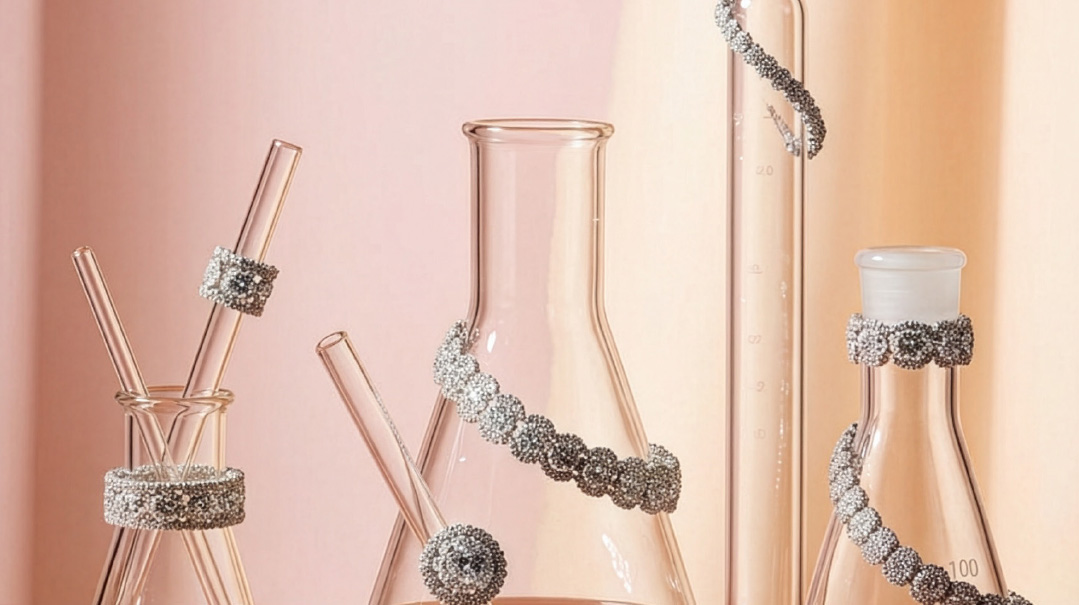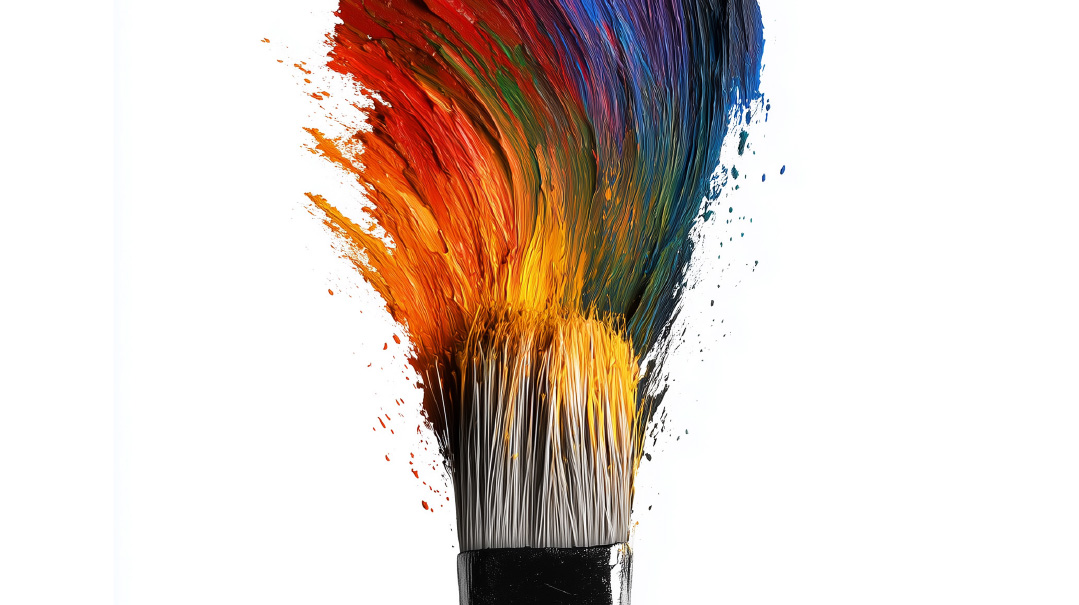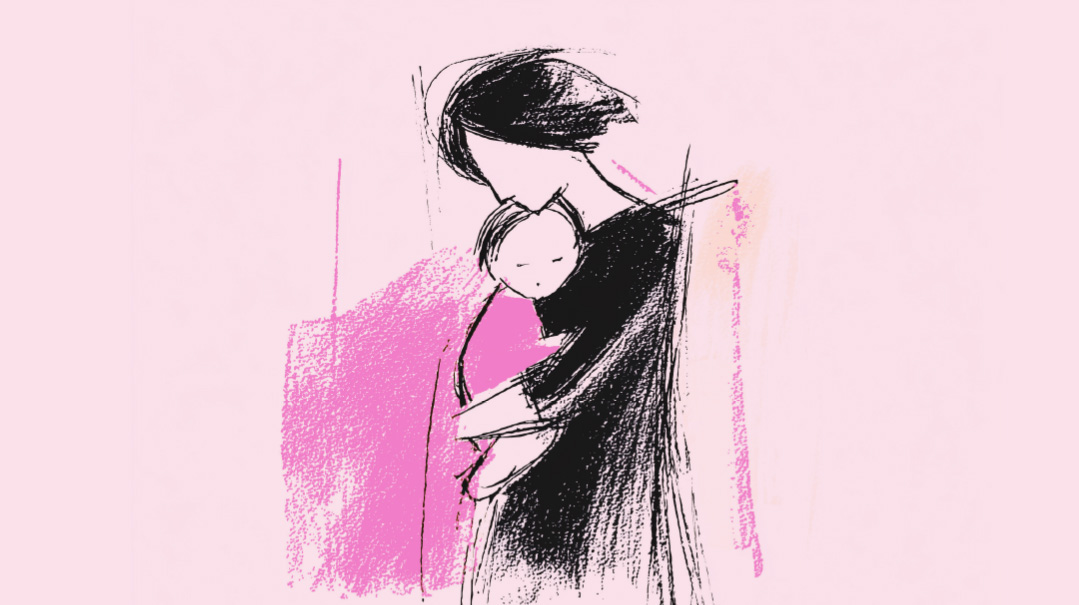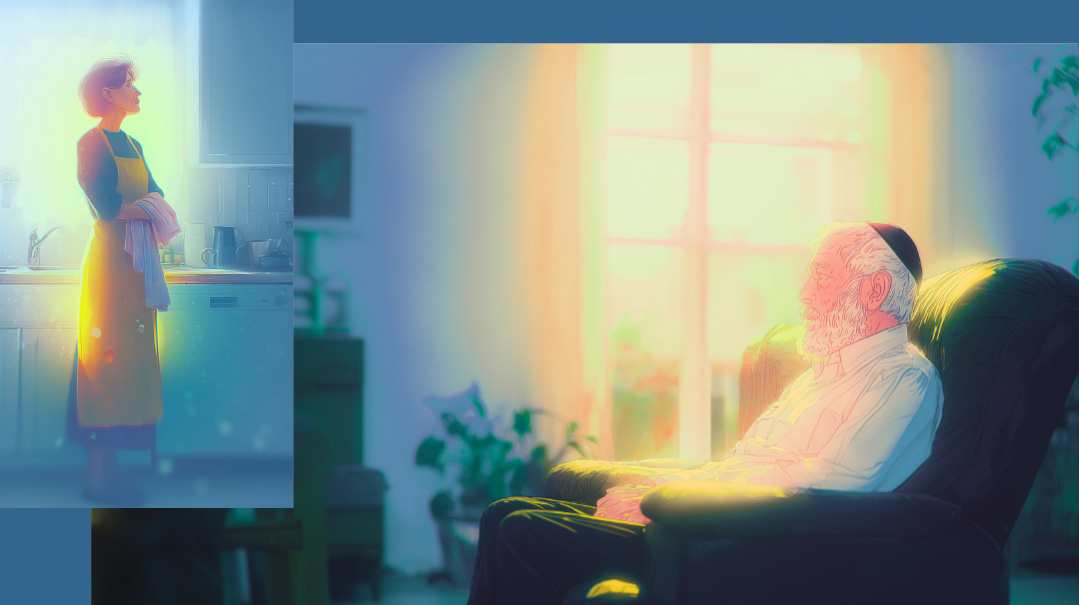The Soul of the Skill
| April 21, 2021Can art change the world? Bais Yaakov-bred artist Libby Klein is an unequivocal believer that yes, it can, and yes, it will
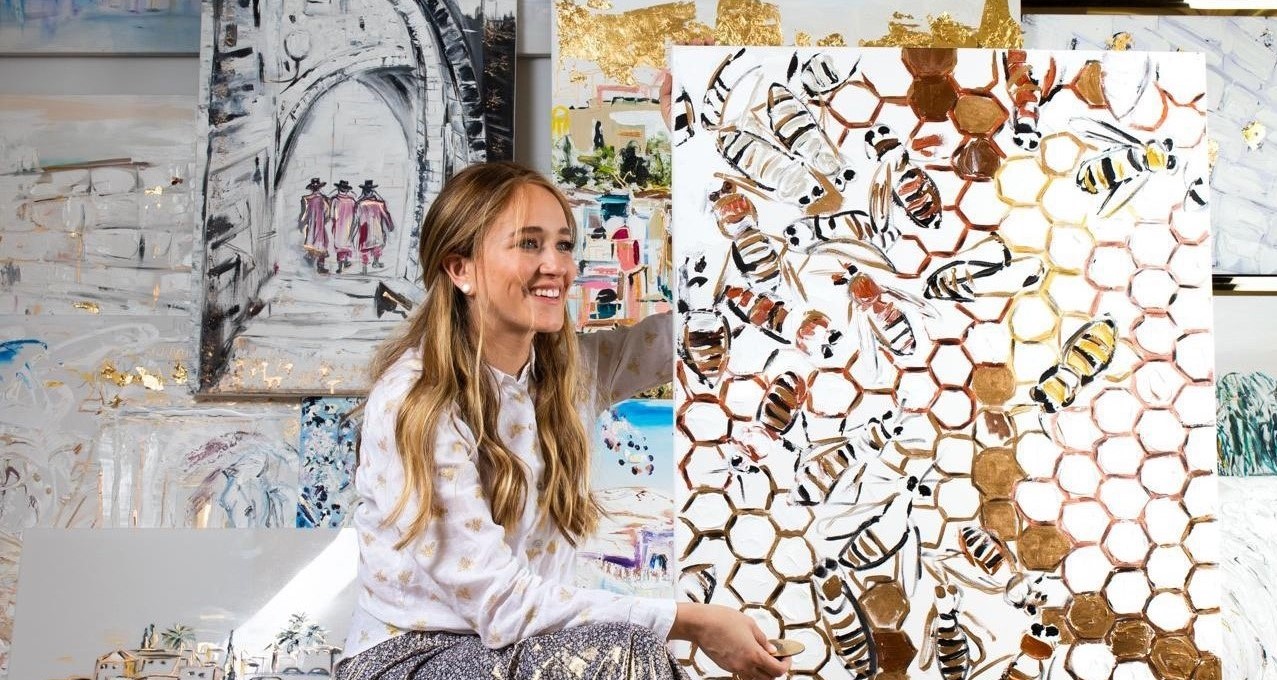
When artist Libby Klein put her work on display for the first time at the Brooklyn Market, her childhood friends were confused when they saw her. “Why are you here?” they asked.
“This is my art,” she said, gesturing to the large, bright canvas.
“What do you mean?”
“These are my paintings. I made them.” Most people didn’t believe her. They always knew Libby to be creative — an avid dancer and lover of all things pretty — but she wasn’t an artist. As a child, Libby Klein chatted to her friends with the phone on speaker, her hands busy molding clay miniatures, basketball players, ballerinas, or a likeness of someone she knew. But she was never much of a painter.

Brushstrokes with a Mission
Libby, who was born in Yerushalyim and raised in Monsey, only started painting regularly when she got married and moved to Lakewood.
“I started taking classes with the late Mrs. Shevy Shurkin a”h, an art teacher who lived near me, and I loved it. There were all different types of people at the classes and we would just chill. Shevy always made me feel like a million dollars. She once put a painting of mine in her window because she knew that my husband would walk by and be proud to see it. She made me feel good about myself, as though I was the best artist.”
Unfortunately, when Libby met her, Shevy was nearing the end of a seven-year battle with cancer. Before Chanukah of 2018, Shevy wanted to make a party for the art students, but the women knew she wasn’t up to it; she could barely walk or talk anymore. Libby and her friends put the party together instead. The event went on until three o’clock in the morning, after which Shevy asked Libby, “Can we do this again next Rosh Chodesh?”
Unfortunately, Shevy didn’t make it to the next Rosh Chodesh party, but they’ve been going on ever since. Every month, fifty women gather at Libby’s house for an hour of inspiration and empowerment. Ladies would often comment on the paintings adorning her walls — the same paintings she’d made in Shevy’s class, who had first initiated the Rosh Chodesh gatherings.
“Are those for sale?” the guests often asked. And that’s how Libby started selling her art.
“People told me you can’t make money, and logically, it didn’t make sense that I would. So many hours went into each piece.” Painting remained a fun passion on the side while Libby taught. But after ten years in the classroom, she was getting burnt out, and her husband pushed her to find a new job that would give her new energy.
Most options didn’t speak to Libby. She contemplated interior or clothing design, but wondered if either would give her the same meaning she so loved in teaching. Ultimately, her art morphed from a hobby into her profession, and two years into her painting career — with her art displayed in expos around the world and hanging on the wall in dozens of Jewish homes — Libby can say that, yes, she found the meaning she was seeking. Painting is a mission, and she finds spiritual purpose in it that surpasses the sum of just paint on a canvas.
“I realized that this could be a spiritual thing. I love to learn and I love to inspire. I’m also someone who loves beauty and style, so to mix the two parts together feels like completion. Painting takes me to another realm. There’s nothing like it.”
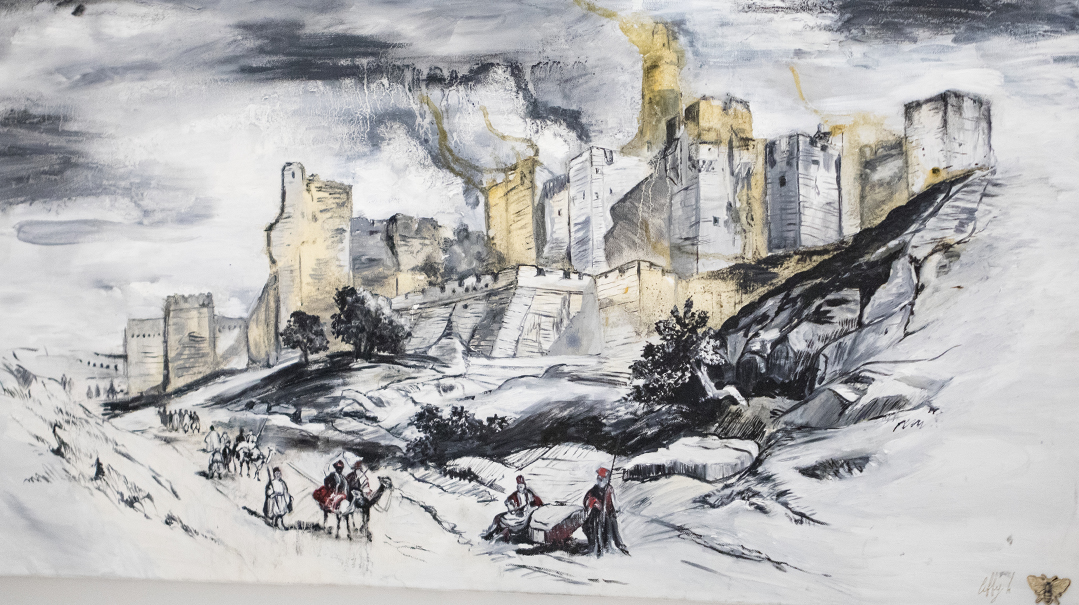
Oops! We could not locate your form.








